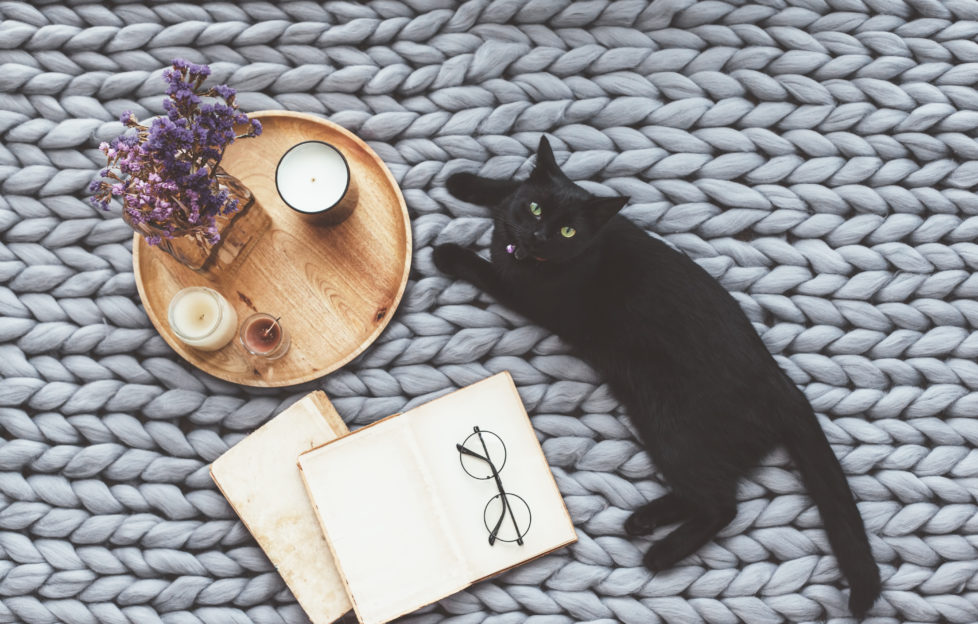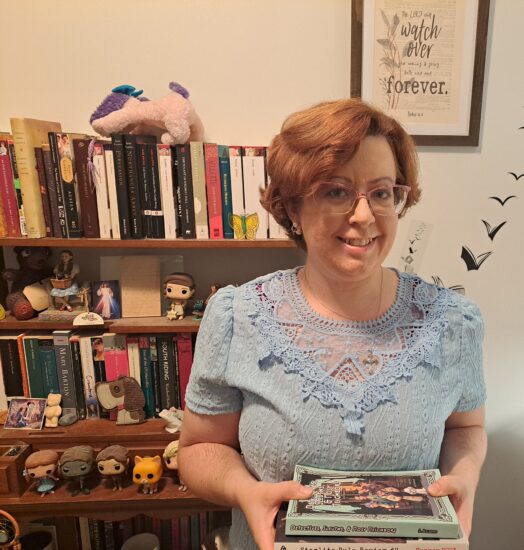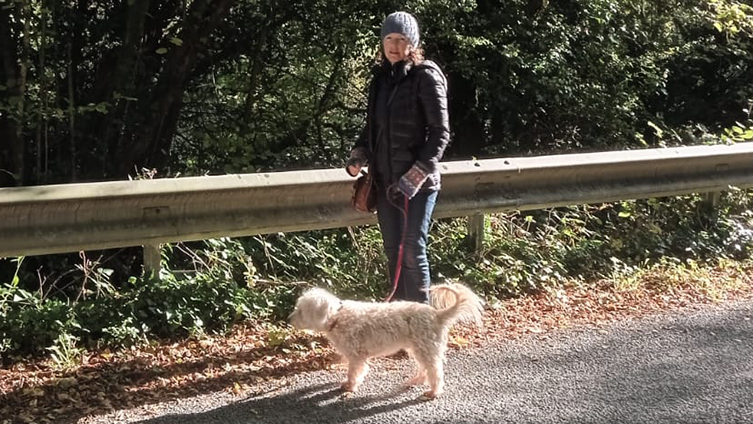
In this two-part post, I wanted to show what happens to stories when they go over to our Production team.
Once a story is bought by Fiction, and an issue date is scheduled for it, it first has to be “subbed” or sub-edited.
Jacki from the team offers insight into the process.
What does the subbing process involve?
Firstly, I read the story through to get to know the storyline and get a feel for the characters.
Then I go through it again with a fine-tooth comb I check for spelling or grammatical errors, as well as rewrite and restructure as I feel necessary.
Often I will need to add or cut words in order for the story to fit the space it has been allocated in the magazine. But I need to make sure that the “voice” of the story remains the same, and that no-one can see the “join”, where I have added words, cut words or rewritten parts.
Some stories don’t need very much done to them at all. Others benefit from some tweaking.
Our aim is to make the story the very best it can be for the “Friend” readers. We also give the story a title and write up, which gives a general feel for the story and ties in with the illustration.
So the Production team is responsible for the “dreaded” title and character name changes. Why do these happen?
The story title is extremely important. Along with the illustration, it is the first thing a reader will see when they open the page.
It needs to be attention-grabbing, and when taken with the write up, it needs to give a good overall idea of what the story is about. Is it a romance, a story set in the past, or a cheerful family story?
Sometimes we keep the story’s original title if we think it suits, but more often we change it. This isn’t necessarily because we don’t like it; it can be because the title clashes with another story or serial title in the same issue.
For example, we avoid repetition of words across titles, so wouldn’t have two stories including the word “love” .
This is most difficult for us at Christmas-time, as we can only have one title in the entire magazine with the word “Christmas”!
Name changes are very common, too, as we don’t like having duplicates of names in more than one story.
So if there is a Mary in one of our short stories or serials at subbing stage, this gets changed so that it doesn’t clash with Mary in “Riverside”.
It just leaves no room for confusion between our different works of fiction.
This is part one of Alan’s spotlight on the Production process. Read part two here.
Read more from Alan and the rest of the Fiction team by clicking here.




